The Department of Agriculture has discussed proposals around the introduction of new TB cattle trading controls with farming organisations over recent months, insisting that difficult decisions must be made to reverse worsening disease trends.
Speaking before the Oireachtas agriculture committee last Wednesday, Department senior superintending veterinary inspector Dr Damien Barrett said that these higher-risk animals are usually dairy cows beyond three-and-a-half lactations and older cows in suckler herds.
Higher-risk herds would be considered those that experienced a TB breakdown over the past few years.
Barrett suggested that there are lessons to be learned in Ireland from New Zealand’s progress on the disease.
“The experience there is the curtailment of the movement of high-risk animals from high-risk herds is probably the single most effective thing, which we are not applying to the same extent,” he told TDs and senators.
The official did note that the wild TB host in New Zealand – the possum – has no protections as the badger does in Ireland.
“The restriction of movement would be specific to high-risk animals from high-risk herds. We know there are higher-risk animals in higher-risk herds and they are the ones we are most concerned about.”
Barrett said that the worst-case scenario for TB risk at herd level is cases where a new herd is assembled from buying in older cows from a number of different herds which had experienced breakdowns previously.
Risk-based trading controls were discussed by the Department’s deputy chief veterinary official Michael Sheahan at an IFA meeting in Cavan, also on Wednesday last.
“The way risk-based trading operates is not so much that you can’t sell animals, but more that if you are a herd that has had TB in the past year, you would only be allowed to sell to herds of a similar status. You wouldn’t be allowed sell to a clear herd,” Sheahan said.
The deputy chief vet acknowledged that “there would be a devaluation of the animals” affected and suggested that compensation would be on the table if farming organisations were willing to move forward with the controls.
“As far as I am concerned, if we don’t do it, we are never going to eradicate TB.”
Sheahan cited data that shows that it takes “at least 10 years” after a herd is de-restricted for the herd’s risk level to be equal to one that has not had a TB breakdown.
“If you buy an animal from a herd that has been de-restricted only a year ago, you are taking a significant risk. If you buy from that herd two or three years after it was de-restricted, a risk is still there but it is less.”




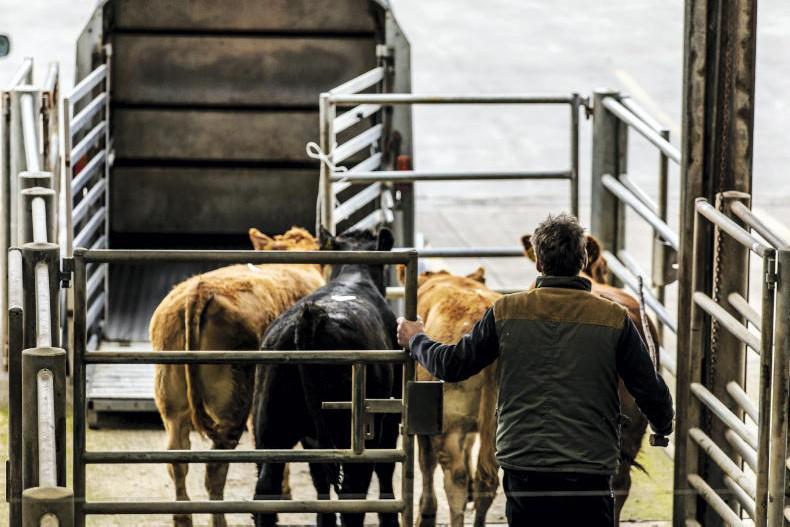
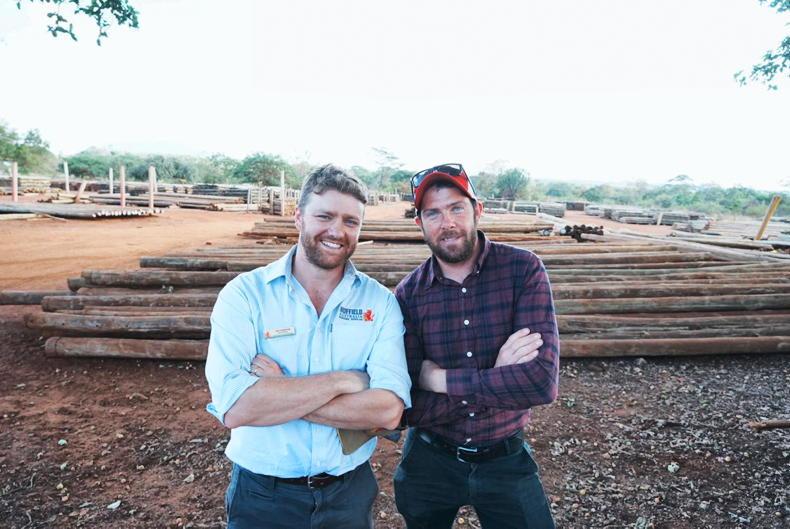

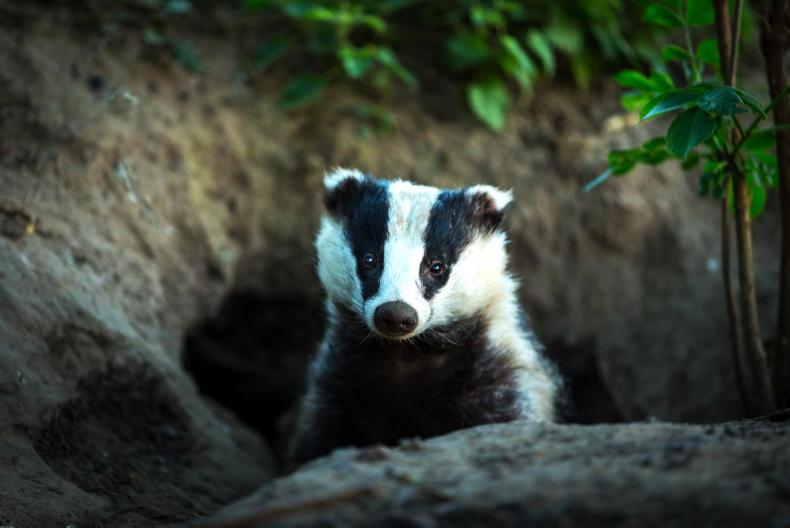
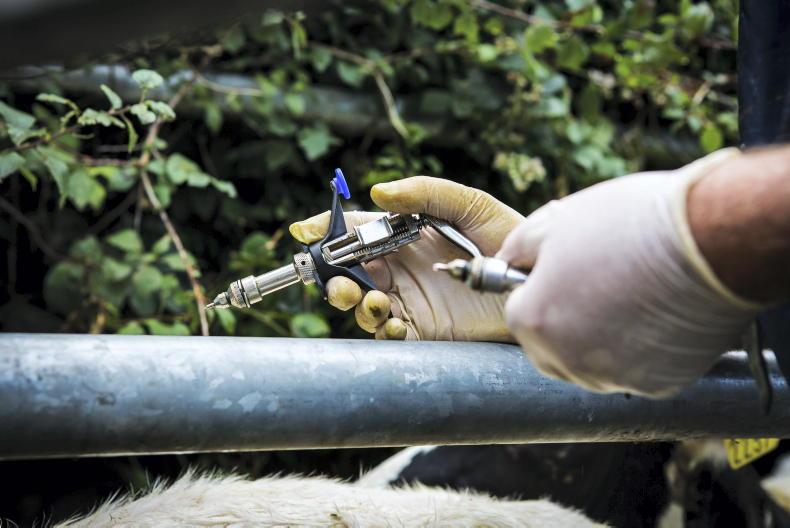
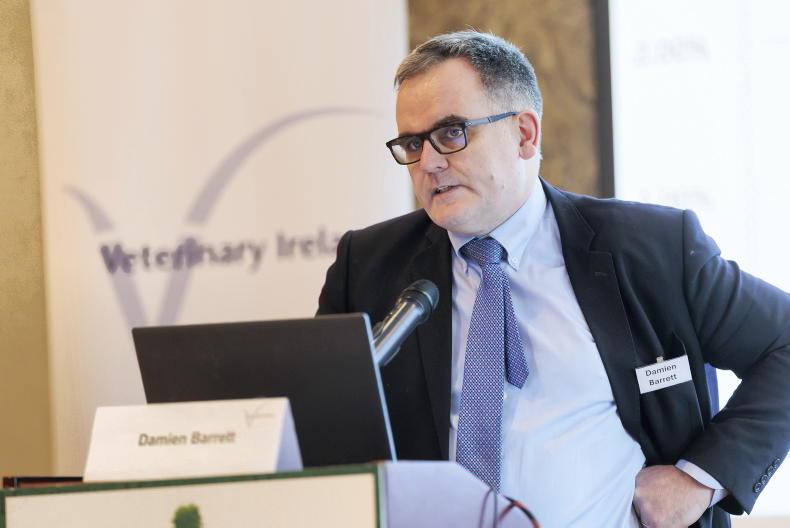
SHARING OPTIONS